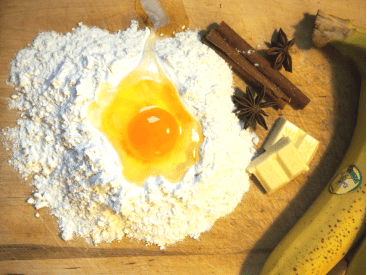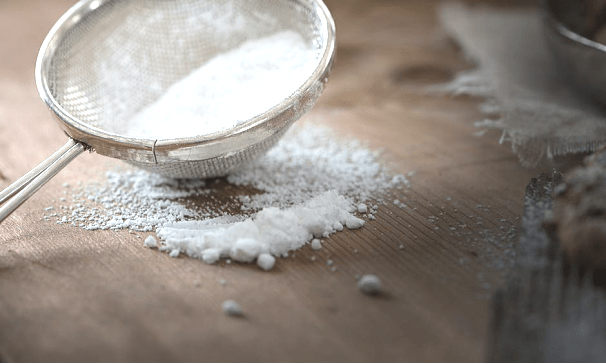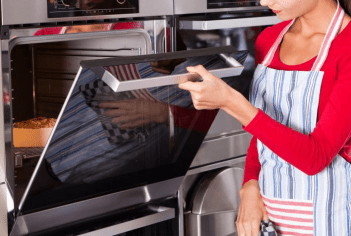Menu

It takes time to perfect any craft, and baking is no exception.
However, knowing what mistakes to avoid is always helpful in speeding up the learning process. Cake-baking mistakes are not confined to beginners alone; professional bakers end up making small errors which leave their creations below their baking standards.
Cake fell flat? Did it not rise at all? Does is taste wrong? It is possible that the reason for a huge setback is a very simple mistake.
Take a look at these 7 common mistakes of cake baking:
Let’s get one misconception erased: cold ingredients are only great when you are making a pie, or basically working with pastry. Cakes on the other hand, require ingredients at room temperature. Unless your recipe calls for it, use all ingredients—butter, eggs, milk—once they are at room temperature. This allows the baking powder/soda to actively form those air pockets inside that makes your cake light and fluffy.
Baking is not a task based on assumptions. There’s reason why professional bakers are required to own a set of measuring cups and spoons; adding accurate amounts of ingredients is imperative. The reason why your cake becomes too hard or too mushy, or too bland or too sweet, is because you did not adhere to the correct measurements of ingredients.
Yes, baking soda and baking powders have an expiration date.
Using leaveners which are past their expiration date will keep your cakes from rising to their maximum level. Make sure you check the expiration date on the packaging before you use baking powder/soda.
It is quite possible, if you open it up often, that your leavening agent expires early.
Whatever pan you choose to bake your cake, make sure it is the right material and the right size. Baking a cake is not a one-size-fits-all process; the type of tin depends of type of cake.
Ever took your cakes out of the oven to release they are stuck to bottom? Even though the cake is not burnt, it refuses to detach from the base and even the sides of the pan. More often, this is because did not add a greasing layer, topped off with flour dusting, before you poured in your batter.
To make sure your cake comes out of the pan without breaking apart, do not dismiss this step.
Once the leavening agents are incorporated in your batter, they activate and start reacting with the ingredients. At this point, it is best to transfer your batter to the tin, and into the oven as soon as possible. Leave it out and your batter will start to deflate, resulting in flat cakes.
 Frequently opening the oven door to check the cake and stick in a knife in is a huge mistake most bakers end up making.
Frequently opening the oven door to check the cake and stick in a knife in is a huge mistake most bakers end up making.
This is one of the main reasons why your cake did not rise well.
Baking is a methodical process; determine the time and temperature before hand, keep the cake checking to a minimum.
Of course, the foundation of an amazing cake is determined by the quality of its ingredients.
At Divine Specialties, we import over 5000 specialty products; from chocolate making supplies to various flours, our baking ingredients store has everything for all your cake-baking needs!
Subscribe to our profiles on the following social networks.